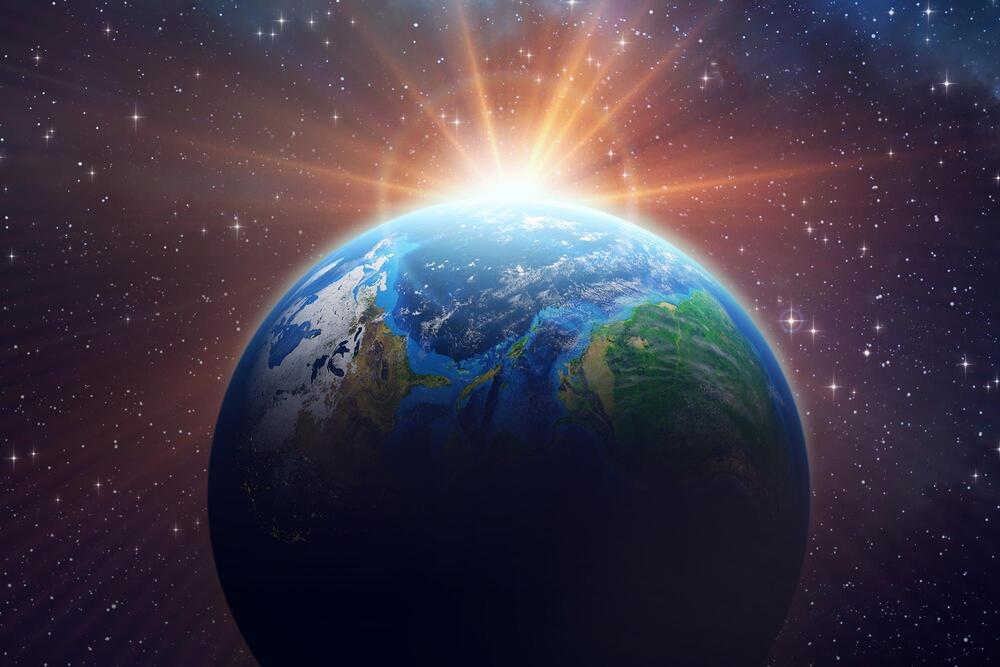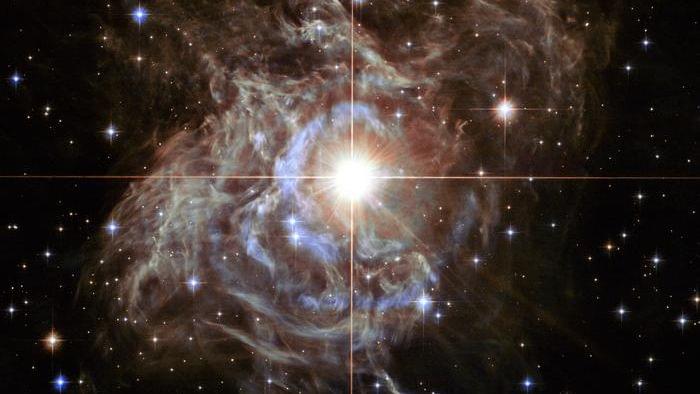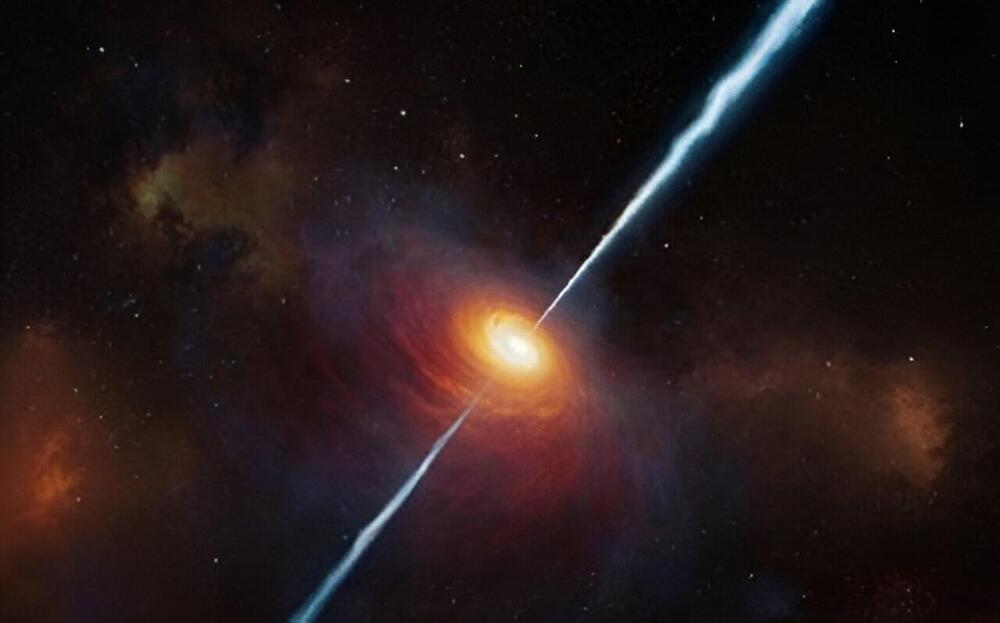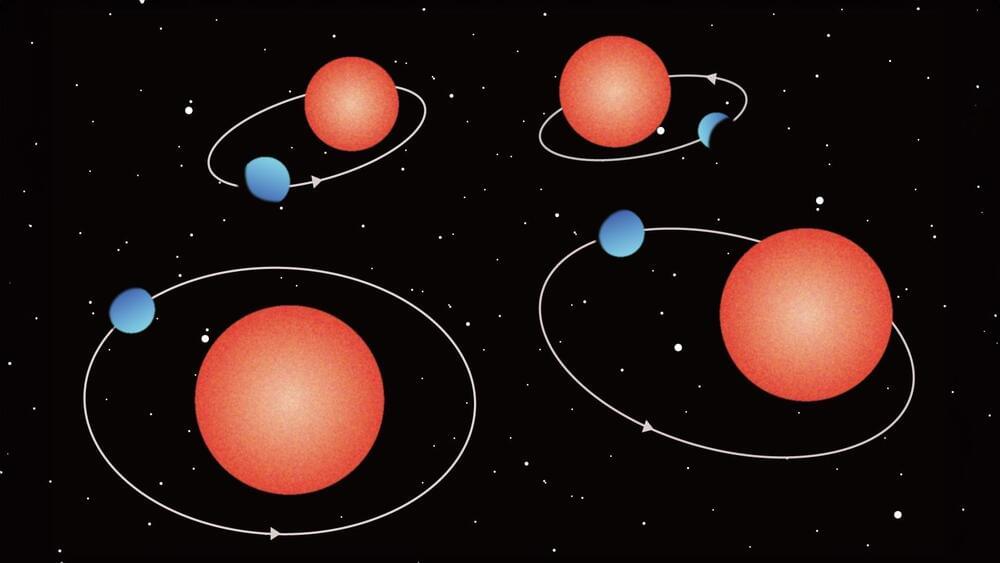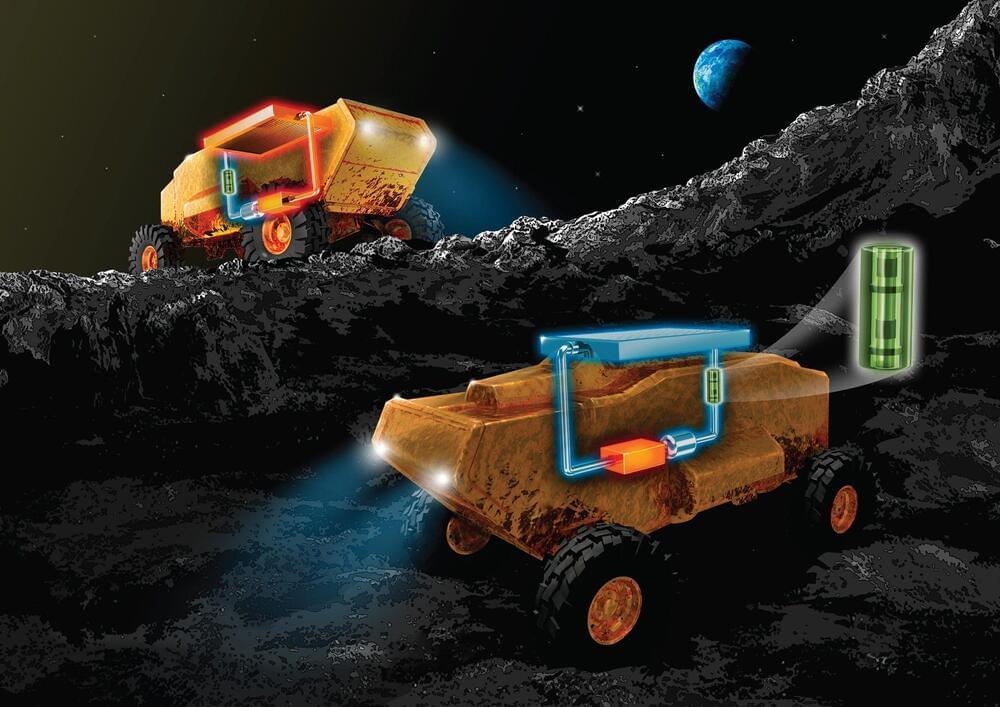Researchers at the Weizmann Institute of Science discovered a new type of vortex formed by photon interactions, which could advance quantum computing.
Vortex Phenomena
Vortices are a widespread natural phenomenon, observable in the swirling formations of galaxies, tornadoes, and hurricanes, as well as in simpler settings like a stirring cup of tea or the water spiraling down a bathtub drain. Typically, vortices arise when a rapidly moving substance such as air or water meets a slower-moving area, creating a circular motion around a fixed axis. Essentially, vortices serve to reconcile the differences in flow speeds between adjoining regions.

